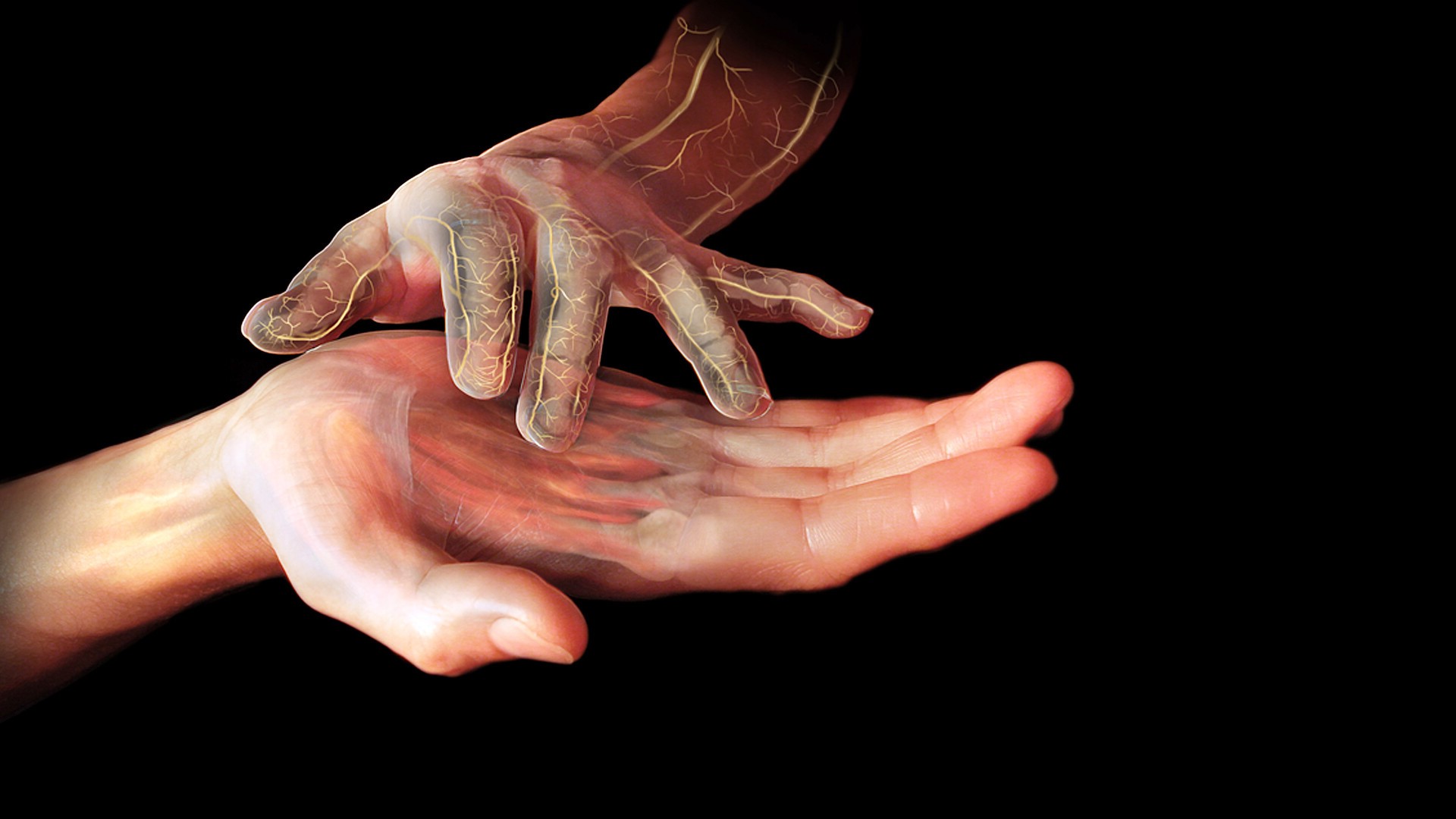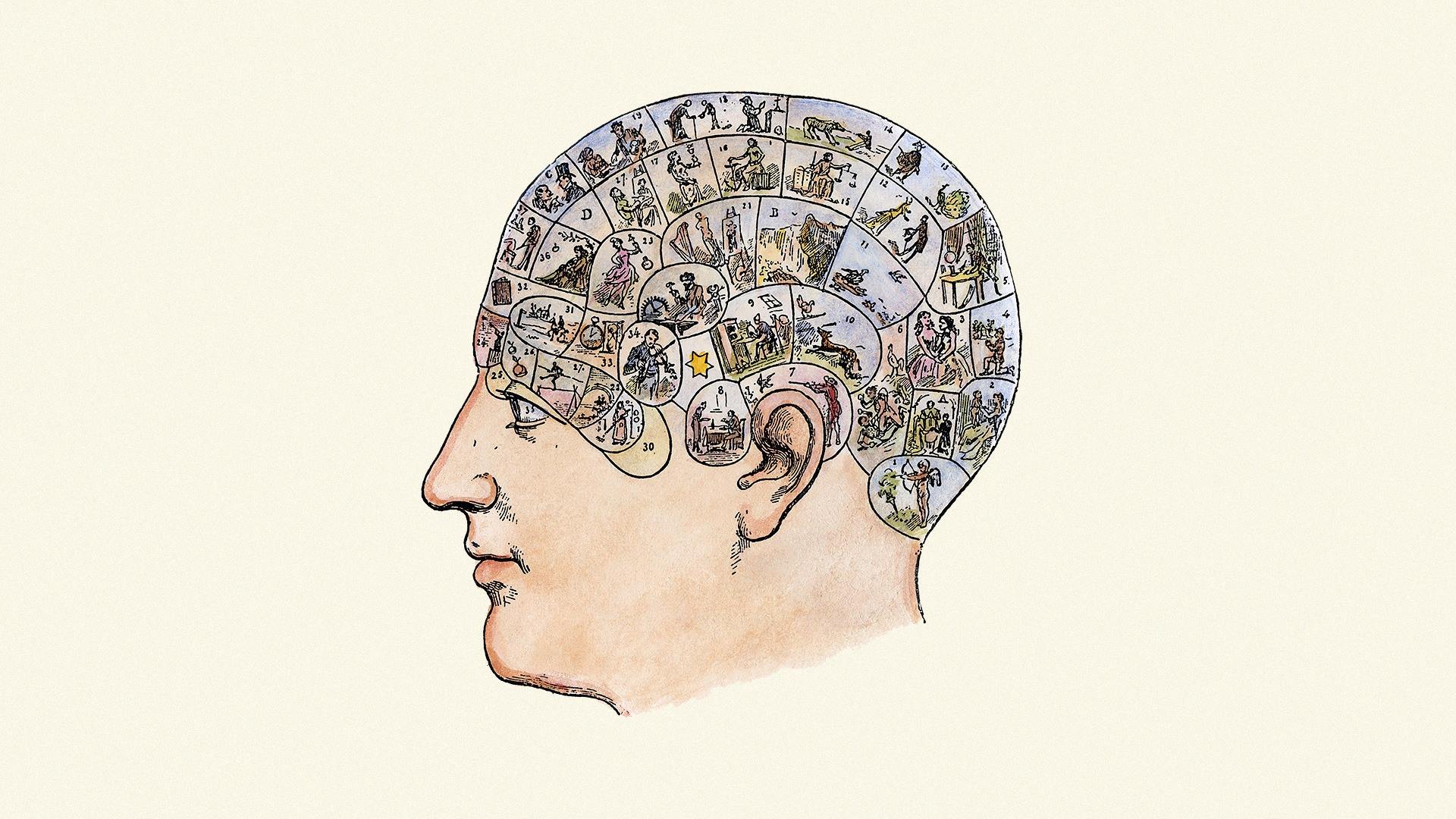
Congenital Insensitivity to Pain (CIP) is a rare genetic disorder where individuals cannot feel physical pain. Imagine touching a hot stove or stepping on a sharp object without feeling anything. Sounds like a superpower, right? But it's not. People with CIP face serious risks because they can't sense injuries. Broken bones, burns, and other injuries often go unnoticed, leading to severe complications. This condition affects fewer than one in a million people worldwide. Understanding CIP can help us appreciate the importance of pain as a protective mechanism. Let's dive into 25 intriguing facts about this unique and challenging condition.
What is Congenital Insensitivity to Pain?
Congenital Insensitivity to Pain (CIP) is a rare genetic disorder where individuals cannot feel physical pain. This condition can lead to severe injuries since pain usually acts as a warning signal for the body.
- CIP is extremely rare. Only about 20 documented cases exist worldwide.
- It is a genetic disorder. Mutations in specific genes cause this condition.
- Pain receptors don't work properly. The nerves that should signal pain fail to do so.
- People with CIP can still feel touch. They can sense pressure and temperature changes.
- Injuries often go unnoticed. Without pain, cuts, bruises, and fractures may not be detected immediately.
How Does CIP Affect Daily Life?
Living with CIP presents unique challenges. Everyday activities can become dangerous without the natural warning system of pain.
- Children with CIP often have frequent injuries. They might unknowingly harm themselves while playing.
- Dental issues are common. Biting too hard or chewing on sharp objects can damage teeth.
- Burns are a significant risk. Without feeling heat, individuals may suffer severe burns.
- Joint problems can develop. Repeated stress on joints without pain can lead to damage.
- Infections may go unnoticed. Without pain, infections can become severe before being detected.
Diagnosis and Treatment
Diagnosing CIP involves genetic testing and observing the patient's response to pain stimuli. Treatment focuses on managing symptoms and preventing injuries.
- Genetic testing confirms CIP. Specific gene mutations are identified through tests.
- Regular check-ups are essential. Frequent medical visits help monitor for unnoticed injuries.
- Protective gear is often used. Helmets, knee pads, and other gear can prevent injuries.
- Education is crucial. Patients and caregivers must learn to recognize signs of injury.
- No cure exists. Treatment focuses on managing symptoms and preventing harm.
Interesting Facts About CIP
CIP has fascinated scientists and the public alike. Here are some intriguing aspects of this condition.
- CIP is sometimes called "congenital analgesia." Both terms describe the same condition.
- It can affect life expectancy. Severe injuries and infections can lead to early death.
- Some animals also have CIP. Certain breeds of dogs and mice have similar conditions.
- CIP has been featured in media. Movies and TV shows have portrayed characters with this condition.
- Research on CIP helps pain management. Studying CIP can lead to new pain relief methods for others.
Famous Cases of CIP
A few well-documented cases have brought attention to CIP, highlighting the unique challenges faced by those with this condition.
- Ashlyn Blocker is a well-known case. She has been featured in numerous articles and documentaries.
- Gabby Gingras gained attention. Her story has been shared widely to raise awareness.
- The Marsili family has multiple members with CIP. Their case has been studied extensively.
- Jo Cameron, a woman from Scotland, has a similar condition. She feels no pain and has a high tolerance for heat.
- Scientists study these cases to understand CIP better. Each case provides valuable insights into the condition.
Understanding Congenital Insensitivity to Pain
Congenital Insensitivity to Pain (CIP) is a rare condition where individuals can't feel physical pain. This might sound like a superpower, but it's actually quite dangerous. People with CIP can suffer severe injuries without realizing it. They might break bones, burn themselves, or develop infections without any warning signs. This condition is caused by genetic mutations affecting nerve pathways that transmit pain signals to the brain.
Living with CIP requires constant vigilance. Parents and caregivers must be extra cautious, ensuring that those affected avoid injuries and receive prompt medical attention when needed. Regular check-ups and a keen eye for potential hazards become part of daily life.
Understanding CIP helps us appreciate the crucial role pain plays in our lives. It’s a protective mechanism that alerts us to harm, keeping us safe. Without it, the world becomes a much riskier place.
Was this page helpful?
Our commitment to delivering trustworthy and engaging content is at the heart of what we do. Each fact on our site is contributed by real users like you, bringing a wealth of diverse insights and information. To ensure the highest standards of accuracy and reliability, our dedicated editors meticulously review each submission. This process guarantees that the facts we share are not only fascinating but also credible. Trust in our commitment to quality and authenticity as you explore and learn with us.


